
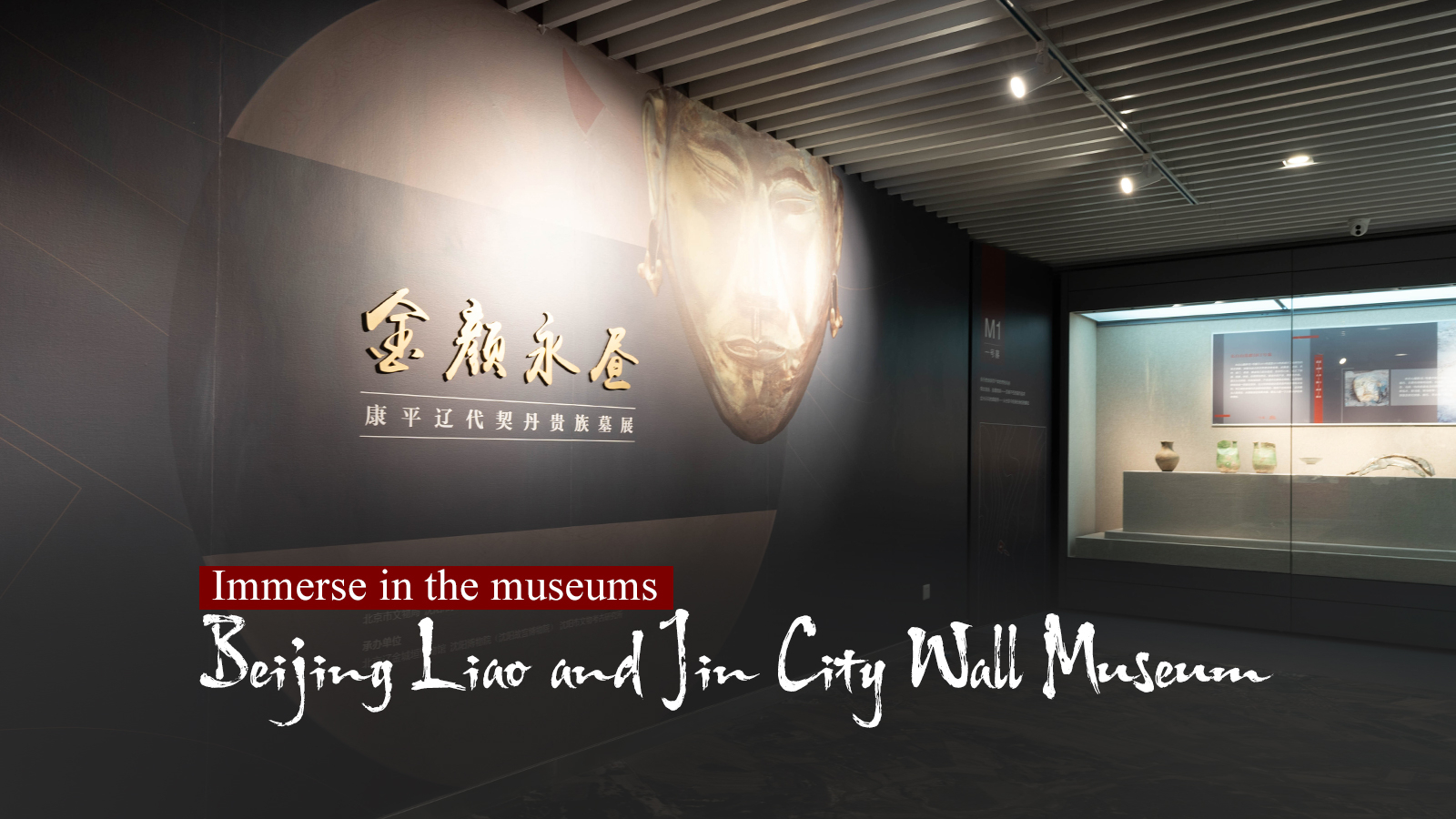
A hit Chinese web series, "The Longest Day in Chang'an," is set during the Tang Dynasty (618-907). If you have watched the show, you must be impressed by the exquisite details of the costumes.
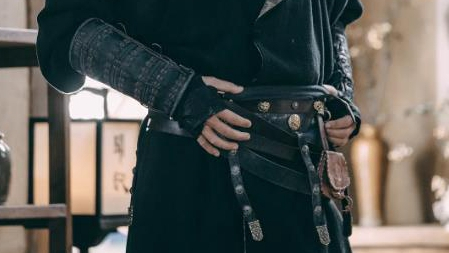
Still from "The Longest Day in Chang'an." /Photo from Douban.com
The picture above shows a Diexie Belt worn by one of the show's characters, Zhang Xiaojing. The belt is decorated with jade. During the Tang Dynasty, from the royal family to officials, it was a social practice to wear a belt with jade ornaments, which showed the class rank of the wearer. The picture below shows real jade ornaments from a Diexie Belt on display at a cemetery exhibition of the Khitay nobles of the Liao Dynasty. The exhibition is now underway at the Beijing Liao and Jin City Wall Museum.
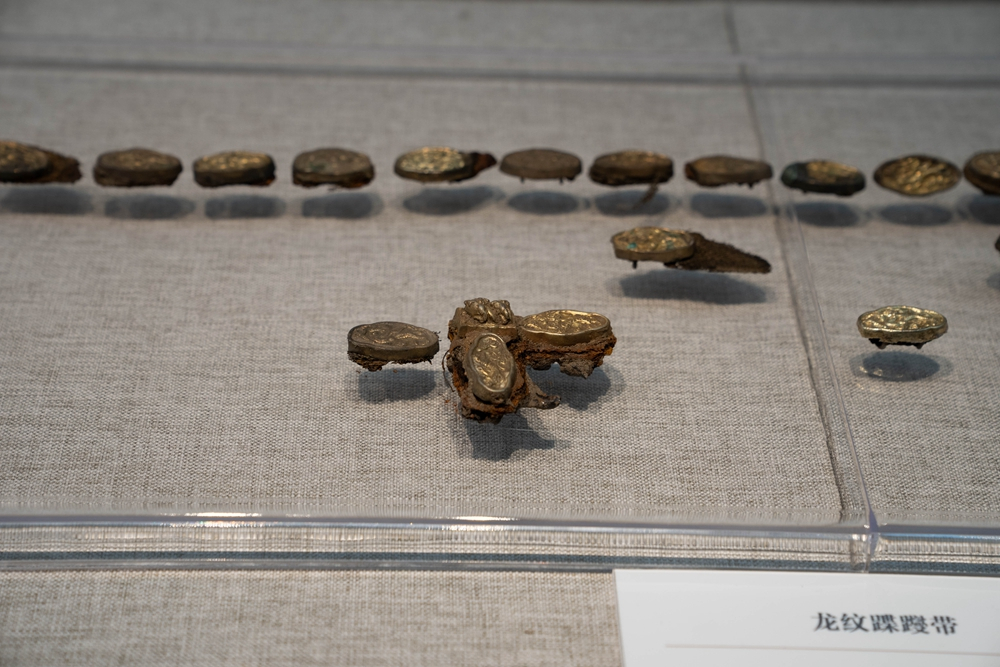
Jade ornaments from a Diexie Belt in the Beijing Liao and Jin City Wall Museum. /Photo by CGTN's Qu Bo
The cemetery exhibition of the Kangping Liao Dynasty Khitay nobles
The Liao Empire was an imperial dynasty in East Asia around the time of the collapse of the Later Tang Dynasty. Ruled by the Khitay people, the Liao Empire is considered to be a conquest dynasty of China. The tension between traditional Khitay social practices and the Han Chinese influence was a defining feature of the empire.
The exhibition is showing 90 sets of 342 Liao Empire relics, all excavated in Kangping County, northeast China's Liaoning Province. Most of the items are being displayed for the first time. The relics include an array of designs and materials, covering various aspects of the Khitay people from daily routines to funeral customs.
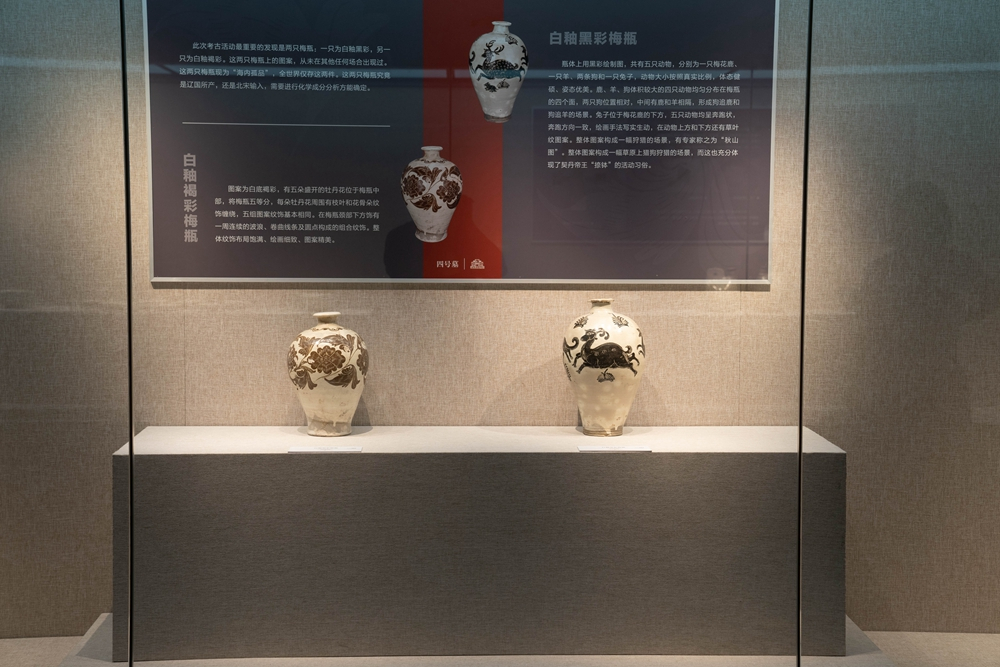
White glazed porcelain jars in the Beijing Liao and Jin City Wall Museum. /Photo by CGTN's Qu Bo
One of the most important relics from this tomb is a white glazed jar with a black plum pattern. The design features a Sika deer, a sheep, two dogs and a rabbit painted in black and running in the same direction. The painting is realistic and vivid, with grass and leaf patterns symbolizing the attributes of the Khitay nomads. According to archaeologists, such dynamic patterns could hardly be seen on the porcelains of the Song Dynasty at that time.
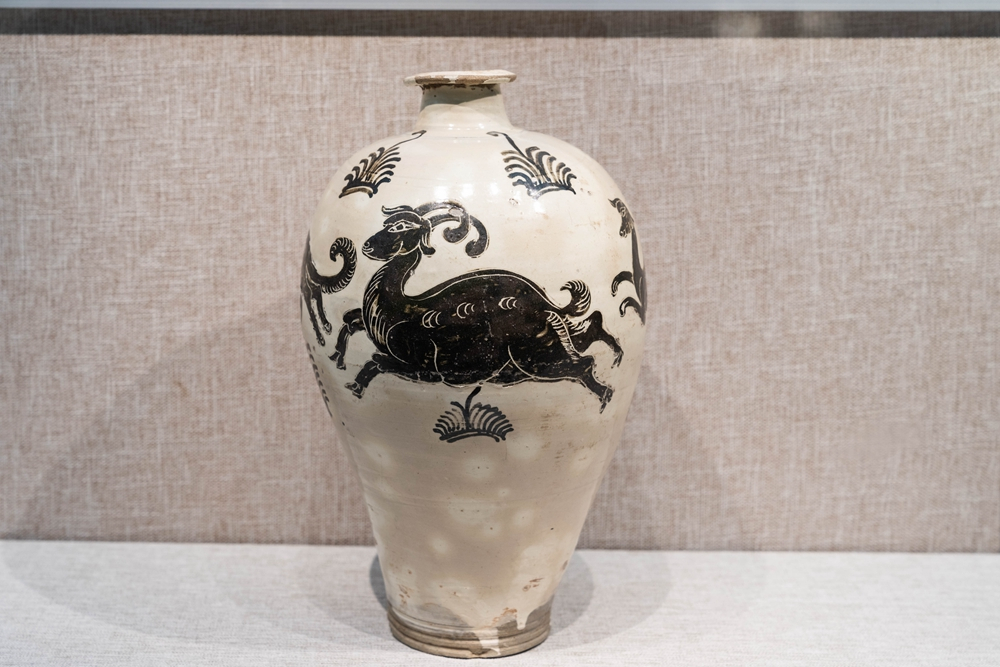
The white glazed porcelain jar in the Beijing Liao and Jin City Wall Museum. /Photo by CGTN's Qu Bo
The gold mask unearthed from Tomb Number 4 was well preserved with vividly detailed eyelashes, eyebrows and beard. The identity of the owner of the tomb has not yet been confirmed, but it is known from his tomb's style and burial objects that he was from a Khitay noble family.
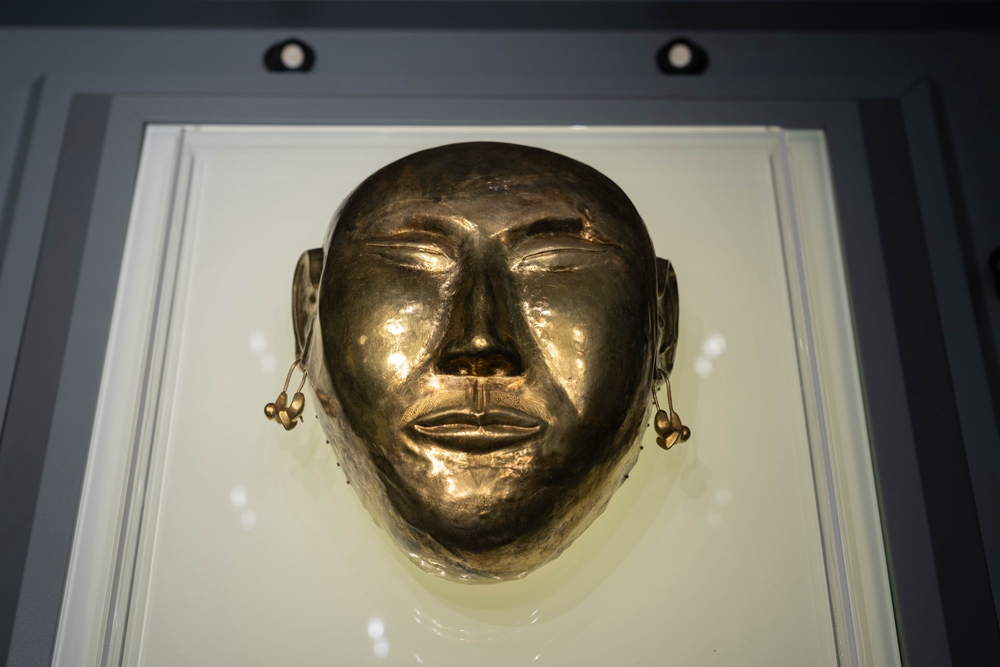
The gold mask from Tomb Number 4 in the Beijing Liao and Jin City Wall Museum. /Photo by CGTN's Qu Bo
The ruins of the watergate
In 1990, the ruins of the watergate of the Great Jin Empire's (1115-1234, the empire after Liao) capital were discovered in Beijing. After this discovery, the decision was made to build a museum at the site to protect it.
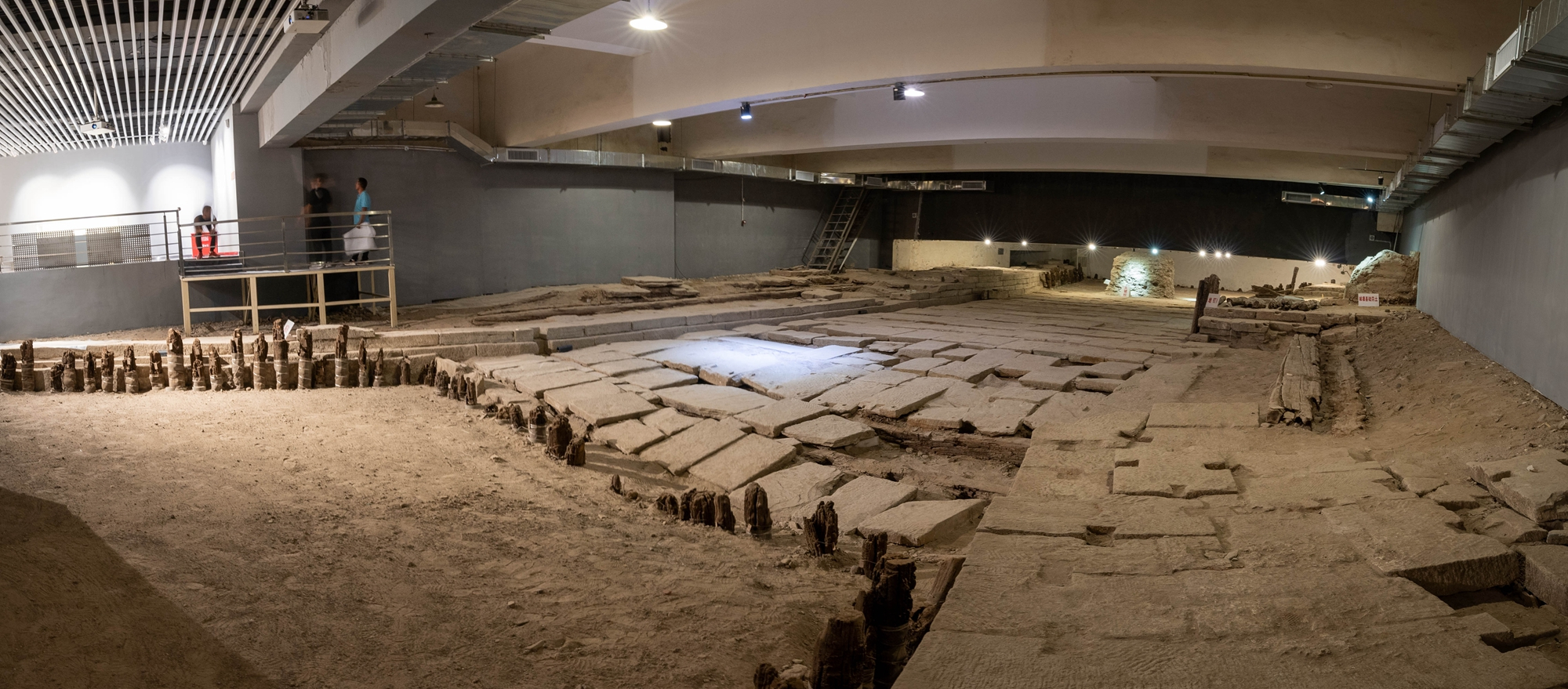
The ruins of the Great Jin Empire capital's watergate in the Beijing Liao and Jin City Wall Museum. /Photo by CGTN's Qu Bo
The Beijing Liao and Jin City Wall Museum opened in 1995, located along the southern wall of the city of Zhongdu, the capital of the Great Jin Empire, which confronted the Southern Song Dynasty (1127-1279) some 800 years ago.
Bronze, pottery, porcelain and stone items have been excavated at the site, but most of them are not intact.
The watergate ruins are currently preserved on the ground floor of the museum. The remaining parts of the water pass consist of different stone walls and dirt city walls with a length of 47.4 meters.
All that remains of the old capital are dilapidated walls and stones. By displaying the ancient relics and unearthed cultural relics here, the museum provides you an opportunity to experience the life of the Liao and Jin empires of more than 800 years ago.
Travel tips:
Address: Jia No. 40, Yulin Community, Youanmenwai, Fengtai District, Beijing
Opening hours: 9:00-16:00
Closed on Monday
Admission fee: Free with a valid ID

Copyright © 2018 CGTN. Beijing ICP prepared NO.16065310-3
Copyright © 2018 CGTN. Beijing ICP prepared NO.16065310-3